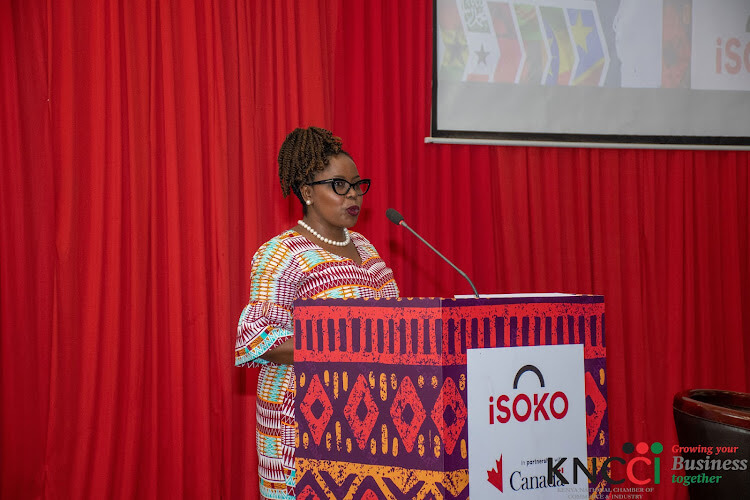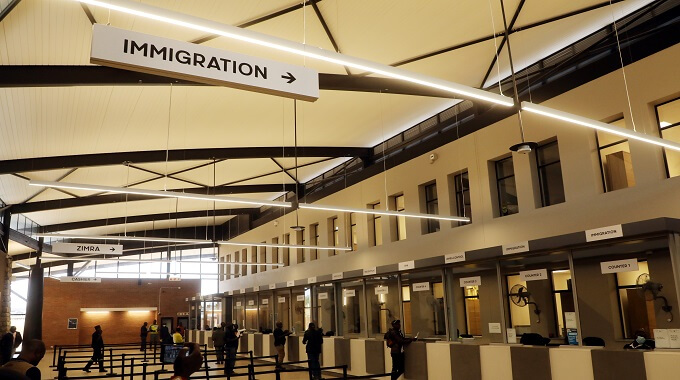One of the narratives surrounding intra-African trade has been that neighbouring countries barely trade with one another. Yet commerce between Sub-Saharan African countries predates the colonial period, when traders, often belonging to the same ethnic or family group, crossed what are now borders to exchange goods and services. This legacy persists, even though for reasons that vary from trade barriers and regulatory compliance costs to infrastructure and behavioural constraints, most trade between neighbouring African countries is conducted by vulnerable, small, unregistered traders who choose this physically demanding work largely because they lack alternatives. According to the African Development Bank, this informal cross-border trade provides income for about 43 percent of Africa’s population. To discuss intra-African trade, one must consider its informality, the small size of the traders and the important role of women. Take the example of Mozambique and Malawi. An observation of bilateral trade data for the period of 2017-2020 shows that there was little or no trade between the two neighbours for agriculture produce such as sweet potatoes, cassava, groundnuts, cotton seed, tropical fruits and beans. A bus carrying cross-border traders at Mwanza border between Malawi and Mozambique But during the visits to border posts and markets across the Nacala and Beira corridors after the Covid-19 pandemic, we saw a considerable flow of such agricultural goods. This suggests that either officials on the two main trade routes linking the countries were not recording the transactions or that products cross the border in such small parcels that they need...
Making cross-border trade safer for women
Posted on: March 30, 2023
Posted on: March 30, 2023
























